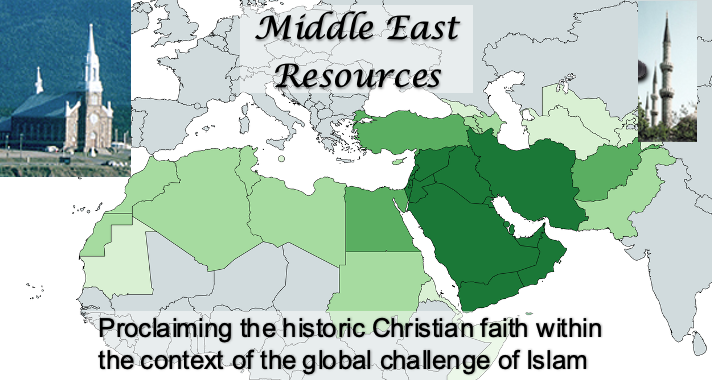AN ACCOUNT OF THE RISE AND FALL OF THE AL-ASSAD DYNASTY 1970-2024
France governed Syria from 1920 to 1946. I remember vividly the great celebrations that followed the departure of the French armed forces on the seventeenth of April 1946.
Shukri al-Quwatli was the president of Syria. He came from a prominent Damascene family that had been active in achieving independence from French dominance in Syria.
A shocking piece of news was broadcast on Damascus radio on March 30, 1949. We were informed about a coup d'état that toppled al-Quwatli. The coup was led by General Husni al-Za’im, who became the president of Syria a month later.
During the next decade, a series of bloody coups followed. In 1970, the Army chief of staff, Hafez al-Assad, staged a coup and governed Syria with an iron fist until his passing in 2000. In 1982, he perpetrated a horrific massacre in Hama, a stronghold of the Muslim Brotherhood. That was in response to their attack in Aleppo on a military institution, where most of its members were Alawites. Between 10,000 and 30,000 people in Hama were killed or disappeared in the massacre.
Hafez al-Assad died on June 10, 2000. A month later, his son, Bashar al-Assad, was elected President of the Syrian Arab Republic. He was re-elected for another seven-year term in 2007.
During the Arab Spring of 2011, the Assad regime faced serious challenges when protests broke out in several areas of Syria. The government sent tanks and troops to quell them. By September 2011, armed opposition groups emerged and staged attacks against Syrian government forces. They succeeded in eliminating several government officials, including Assad’s brother-in-law and one of his closest advisers.
The Islamic Republic of Iran entered the fray in 2012 and began sending the embattled Assad weapons to deal with the unrest. That emboldened him. Then, on August 21, 2013, he used chemical weapons in the suburbs of Damascus, killing many of their residents. He dropped barrel bombs from airplanes on areas held by his opponents.
As the civil war dragged on, Assad’s hold on power weakened. Russia got directly involved in 2015 by bombing rebel positions and deploying Russian ground troops in support of government forces. That succeeded in re-establishing Assad’s dominance in most of Syria’s major cities.
By mid-2018, the region around Idlib, in the northwest, had become a pocket of resistance to the Syrian army. Since the Russian invasion of Ukraine in 2022 and the HAMAS attack in southern Israel on October 7, 2023, protecting the Syrian government has ceased to be a priority for Russia and Iran.
In November 2024, HTS, a Sunni Islamist militant group formed as a movement to liberate Syria, together with other opposition groups, converged on the Idlib area. They launched concerted offensives that achieved victories in Aleppo, Hama, and Homs. Homs’s fall deprived Assad of communication with the Russian navy base in Tartus, sealing his fate.
It was then a matter of a few days before his regime would collapse. That took place on December 7, 2024. Bashar al-Assad left Damascus with his son Hafez and drove to Russia’s Hmeimim air base on Syria’s northwest coast. Very early on December 8, they took off for Russia, ending 54 years of the most brutal and shocking events in the governance of Syria!
 Middle East Resources
Middle East Resources
